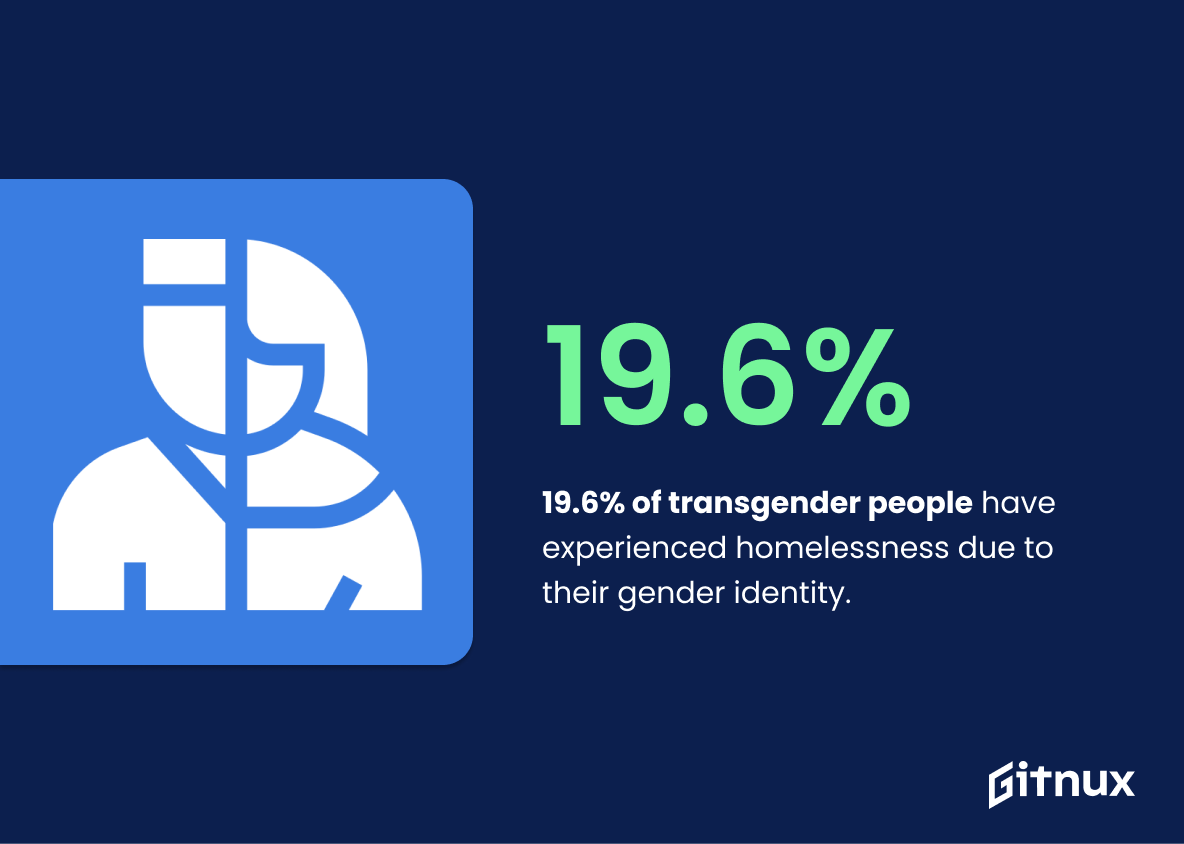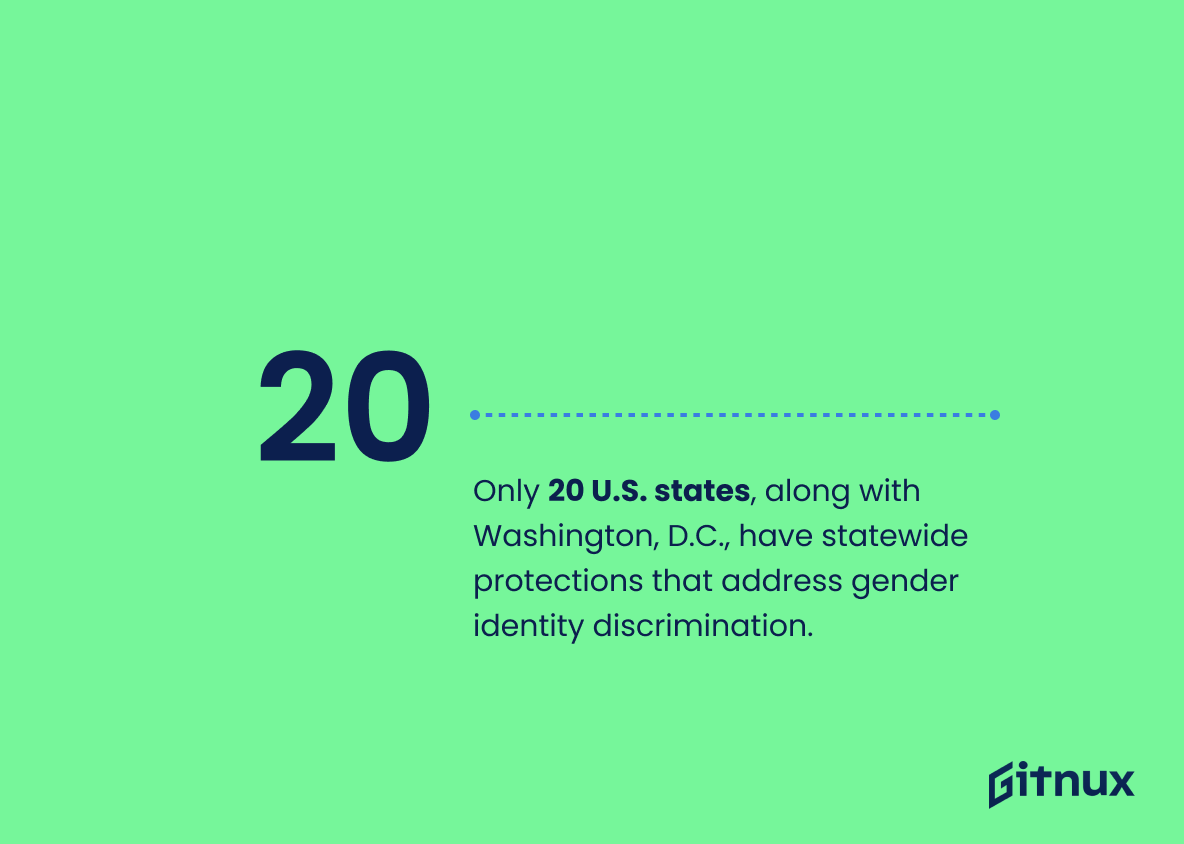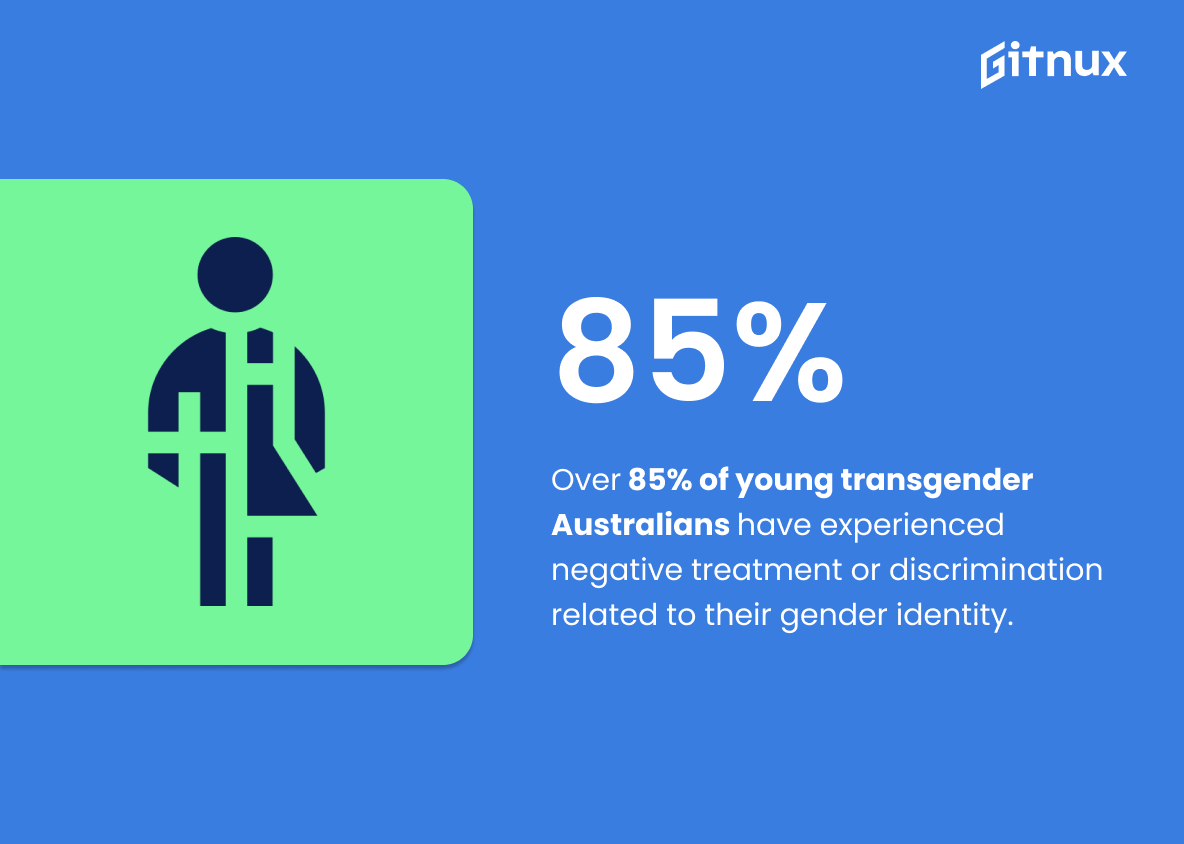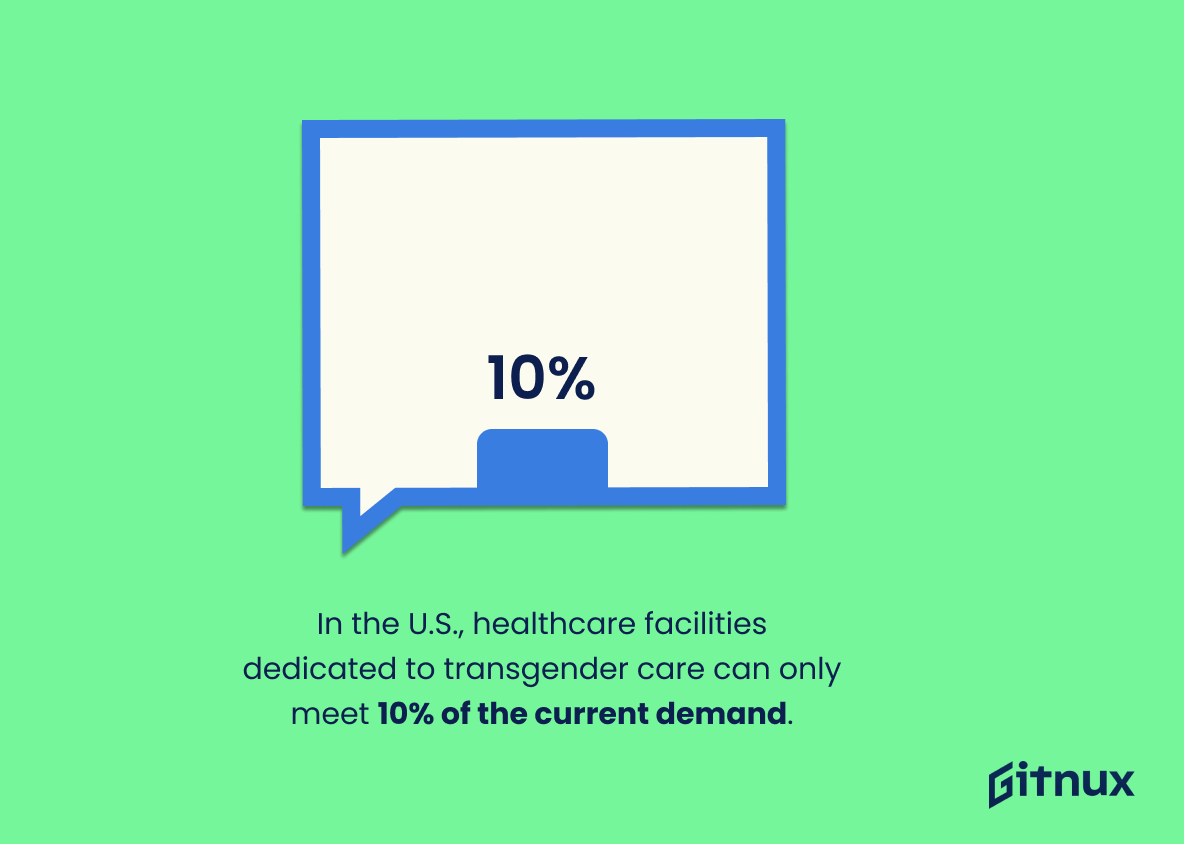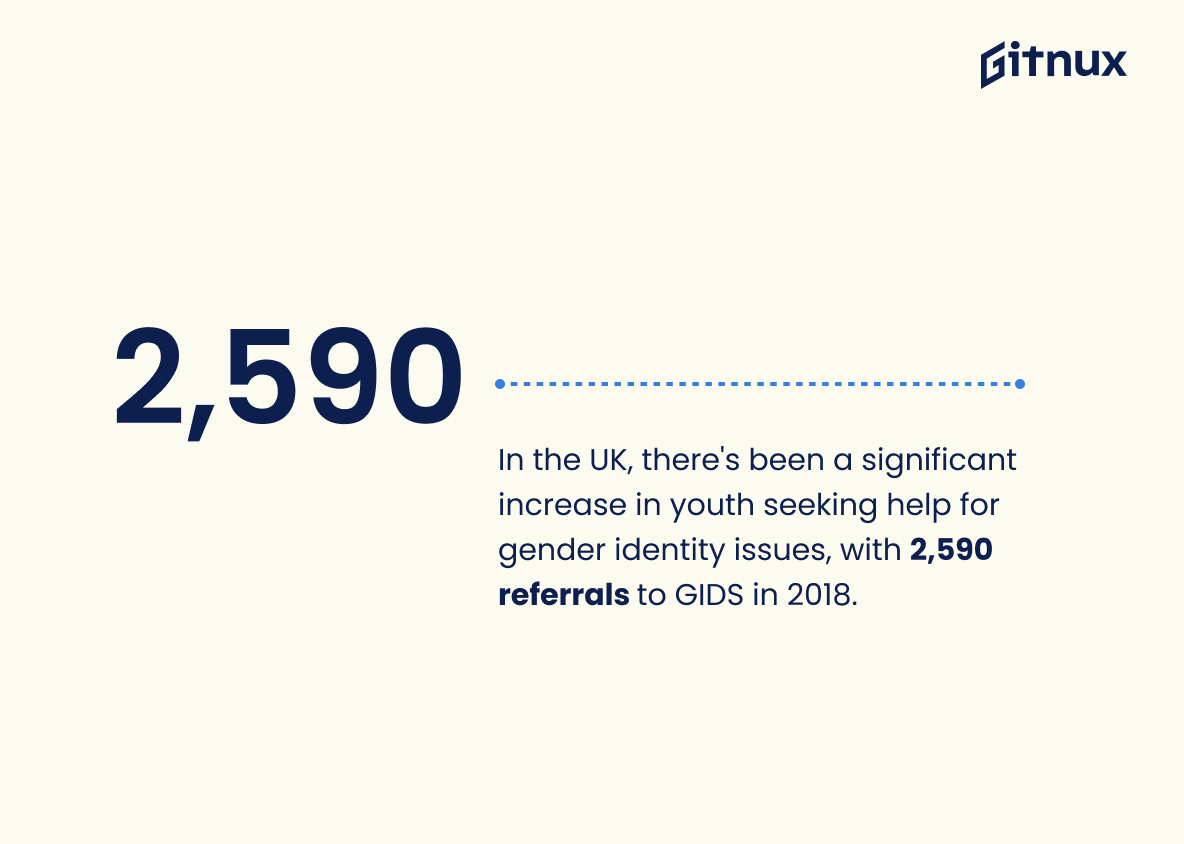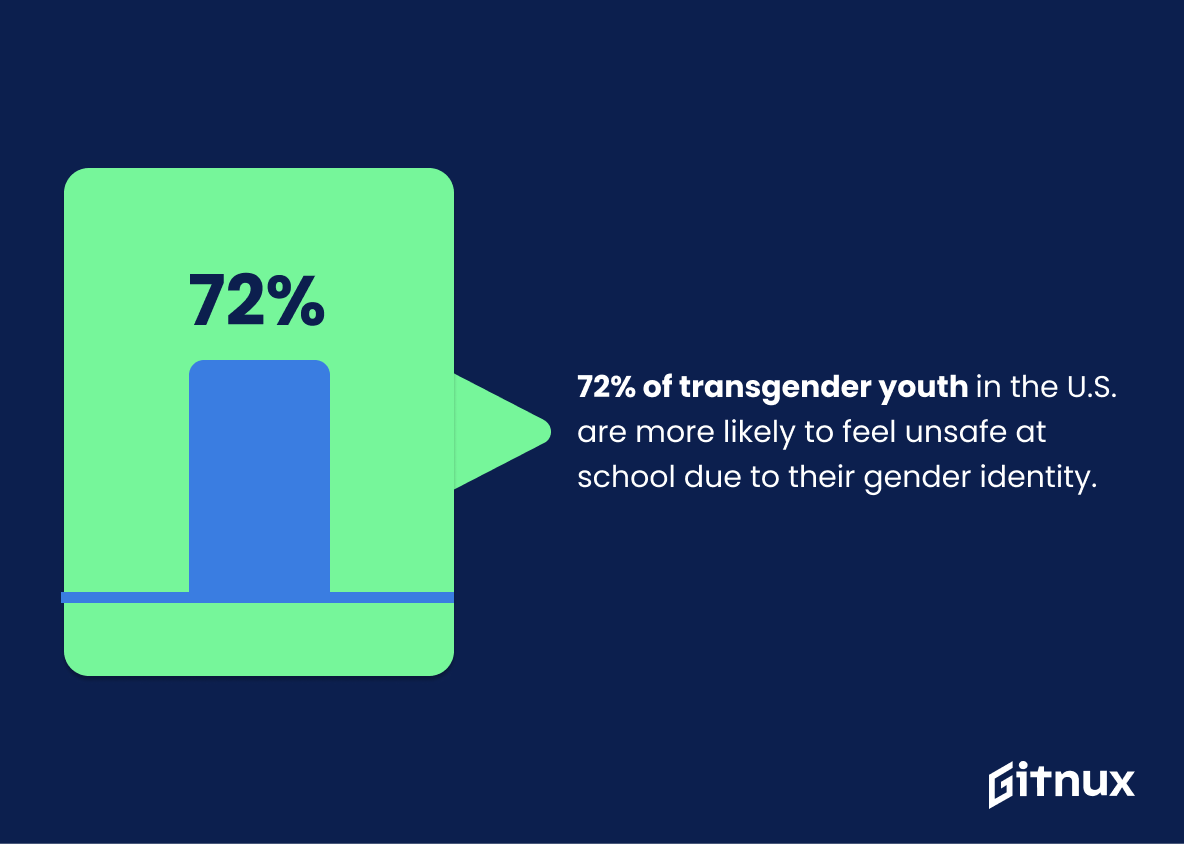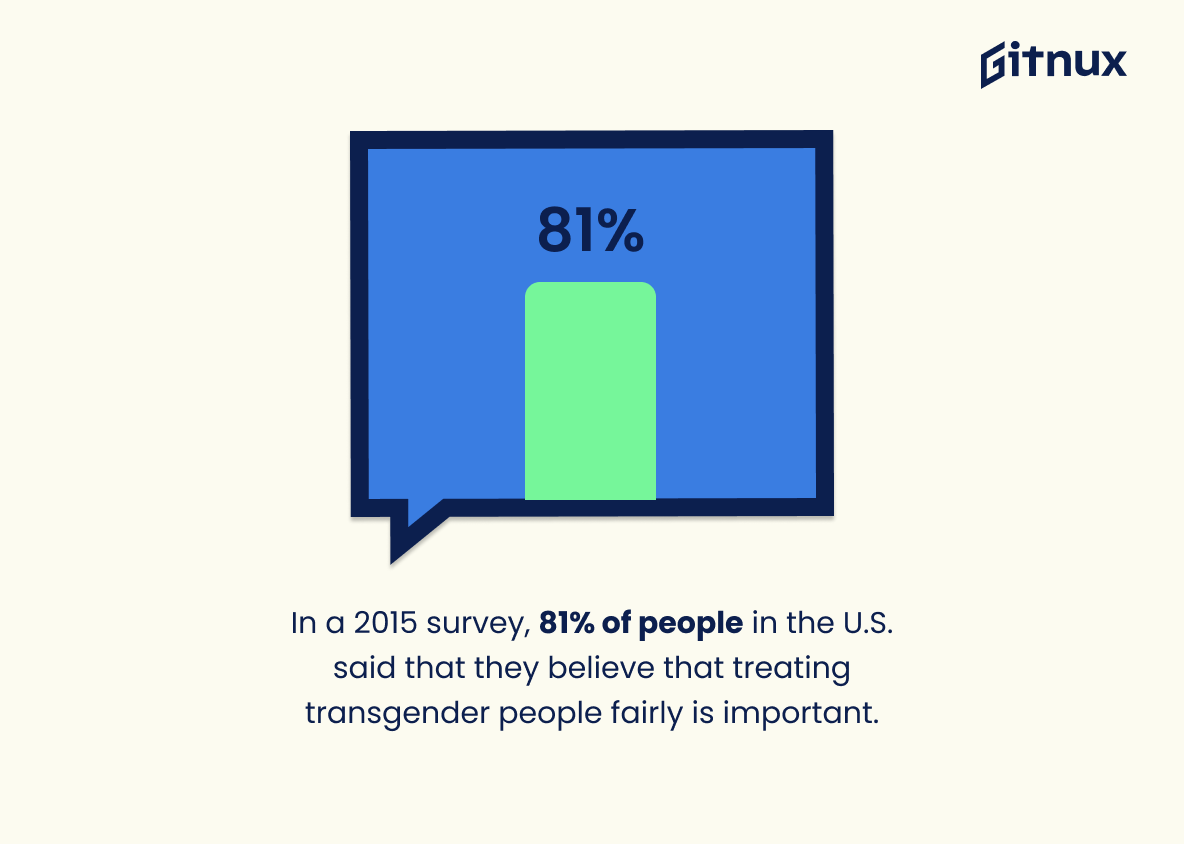Gender identity is an important part of who we are, and it’s essential to understand the statistics surrounding gender identity in order to better support those within our communities. This blog post will explore some key facts about gender identity from around the world, including information on transgender adults in the U.S., millennials identifying as transgender or non-binary, experiences of homelessness due to gender identity discrimination, suicidal thoughts among trans people, LGBTQ+ identification rates across countries and states with protections for gender identities against discrimination. We’ll also look at data related to Indian transgender persons leaving their family homes because of their gender identities; Canadian population percentages that identify as lesbian gay or bisexual (LGB); young Australian trans individuals facing negative treatment; access to healthcare facilities specifically focused on transgender care; mental health challenges faced by trans people globally; increasing numbers of children seeking help for issues related to their genders in UK NHS services; unsafe school environments experienced by US youth based on their genders ; life expectancy disparities between cisgender and Brazilian trans populations ; intimate partner violence experienced by US citizens based on their genders ; self reported mental distress levels amongst sexual minorities after same sex marriage legalization , global survey results regarding avoidance when discussing one’s own Gender Identity with a Healthcare Provider & finally parental discovery methods used when discovering a child’s Gender Identity .
This statistic is a powerful reminder of the diversity of gender identities in the United States. It highlights the fact that gender identity is not a one-size-fits-all concept, but rather a spectrum of possibilities. This statistic is a testament to the fact that gender identity is a complex and varied experience, and that there is no single definition of what it means to be transgender.
12% of millennials identify as transgender or gender non-conforming.
This statistic is a powerful reminder of the diversity of gender identities that exist in the millennial generation. It highlights the importance of recognizing and respecting the gender identities of all individuals, regardless of age. By understanding this statistic, we can better understand the importance of creating an inclusive and accepting environment for all genders.
Gender Identity Statistics Overview
19.6% of transgender people have experienced homelessness due to their gender identity.
This statistic is a stark reminder of the discrimination and marginalization that transgender people face in society. It highlights the need for greater acceptance and understanding of gender identity, as well as the need for more resources to help those who have experienced homelessness due to their gender identity. This statistic is a call to action for those who care about gender identity to take steps to create a more inclusive and supportive environment for transgender people.
According to a 2021 survey, 5.6% of U.S. adults identify as LGBTQ+, with more people identifying as transgender or non-binary.
This statistic is a powerful reminder of the diversity of gender identities in the United States. It highlights the fact that gender identity is not a binary concept, but rather a spectrum of possibilities. This statistic is an important reminder that gender identity is a complex and personal experience, and that it is important to recognize and respect the identities of all individuals.
Only 20 U.S. states, along with Washington, D.C., have statewide protections that address gender identity discrimination.
This statistic is a stark reminder of the lack of protection for gender identity discrimination in the United States. It highlights the fact that only a small fraction of states have taken steps to protect individuals from discrimination based on their gender identity. This is a concerning reality, as it means that many individuals are left vulnerable to discrimination and mistreatment in their daily lives.
About 15-40% of Indian transgender persons report having to leave their family homes at a young age because of their gender identity.
This statistic is a stark reminder of the harsh reality that many transgender persons in India face. It highlights the discrimination and lack of acceptance that they experience, often from their own families, which forces them to leave their homes at a young age. This statistic is a powerful reminder of the need for greater understanding and acceptance of gender identity in India.
Approximately 3.6% of the Canadian population aged 18-59 identifies as lesbian, gay, or bisexual (LGB), with many Canadians struggling with issues of gender identity.
This statistic is a powerful reminder of the prevalence of LGB individuals in Canada, and the struggles they face in terms of gender identity. It serves to highlight the importance of understanding and respecting the diversity of gender identities in our society, and the need to create an inclusive environment for all.
Over 85% of young transgender Australians have experienced negative treatment or discrimination related to their gender identity.
This statistic is a stark reminder of the discrimination and mistreatment that young transgender Australians face on a daily basis. It highlights the need for greater acceptance and understanding of gender identity, and for more to be done to ensure that transgender people are treated with respect and dignity. It also serves as a call to action for those in positions of power to take steps to ensure that transgender people are protected from discrimination and mistreatment.
In the U.S., knowledgeable healthcare facilities specifically focused on transgender care can meet only 10% of the current demand.
This statistic is a stark reminder of the lack of access to healthcare for transgender individuals in the U.S. It highlights the need for more healthcare facilities to provide specialized care for transgender individuals, as the current demand far exceeds the available resources. This is an issue that needs to be addressed in order to ensure that transgender individuals have access to the care they need.
In the UK, there has been a significant increase in children and adolescents seeking help for gender identity issues, with 2,590 referrals to the NHS Gender Identity Development Service (GIDS) in 2018.
This statistic is a powerful indicator of the growing number of children and adolescents in the UK who are seeking help for gender identity issues. It highlights the need for greater awareness and understanding of gender identity issues, as well as the need for more resources to be made available to those who are struggling with their gender identity. This statistic is a reminder that gender identity is an important issue that needs to be addressed, and that more needs to be done to ensure that those who are struggling with their gender identity are supported and given the help they need.
72% of transgender youth in the U.S. are more likely to feel unsafe at school due to their gender identity.
This statistic is a stark reminder of the discrimination and prejudice that transgender youth face in the U.S. It highlights the need for greater acceptance and understanding of gender identity, as well as the need for more inclusive policies and practices in schools to ensure that all students feel safe and respected. This statistic is an important part of the conversation about gender identity and the challenges that transgender youth face.
In Brazil, transgender people have a life expectancy of only 35 years.
This statistic is a stark reminder of the discrimination and violence that transgender people in Brazil face on a daily basis. It highlights the need for greater protection and support for transgender people in Brazil, as well as a greater understanding of the issues they face. It is a call to action for those who care about gender identity and the rights of transgender people to take a stand and make a difference.
46% of transgender people in the United States have experienced intimate partner violence.
This statistic is a stark reminder of the discrimination and violence that transgender people in the United States face on a daily basis. It highlights the need for greater awareness and understanding of the unique challenges that transgender people face, as well as the need for increased support and resources to help them stay safe and healthy.
In a 2015 survey, 81% of people in the U.S. said that they believe that treating transgender people fairly is important.
This statistic is a powerful indicator of the progress that has been made in terms of public opinion on the issue of transgender rights. It shows that the majority of people in the U.S. recognize the importance of treating transgender people fairly, which is a significant step forward in the fight for equality. This statistic is an important reminder that the public is increasingly recognizing the importance of respecting the rights of transgender individuals.
Conclusion
These statistics demonstrate the prevalence of gender identity issues around the world, as well as how far we still have to go in terms of providing adequate support and protection for transgender people. From high rates of homelessness and suicidal thoughts among transgender individuals to a lack of access to healthcare facilities specifically focused on their needs, it is clear that more must be done in order to ensure that all members of society are treated with respect and dignity regardless of their gender identity. It is encouraging, however, that many countries are making progress towards greater acceptance by passing laws protecting against discrimination based on gender identity or expression. Additionally, surveys show an increasing number of people identifying as LGBTQ+, indicating a shift towards increased visibility and understanding within our communities.
References
0. – https://www.www.nationalhomeless.org
1. – https://www.transequality.org
2. – https://www.www.nytimes.com
3. – https://www.www.glaad.org
4. – https://www.www.glsen.org
5. – https://www.pubmed.ncbi.nlm.nih.gov
6. – https://www.ncadv.org
7. – https://www.www150.statcan.gc.ca
8. – https://www.www.aljazeera.com
9. – https://www.news.gallup.com
10. – https://www.www.freedomforallamericans.org
11. – https://www.www.theguardian.com
12. – https://www.www.minus18.org.au
